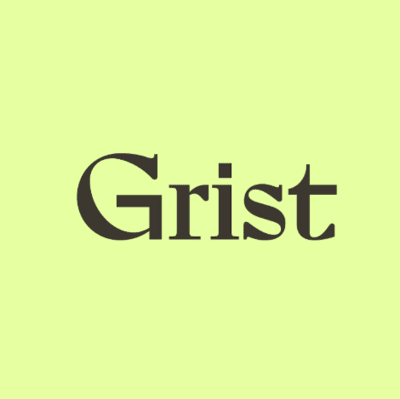What the Supreme Court's ruling means for the future of wetlands
- Bias Rating
-2% Center
- Reliability
70% ReliableGood
- Policy Leaning
-2% Center
- Politician Portrayal
-60% Negative
Continue For Free
Create your free account to see the in-depth bias analytics and more.
Continue
Continue
By creating an account, you agree to our Terms and Privacy Policy, and subscribe to email updates. Already a member: Log inBias Score Analysis
The A.I. bias rating includes policy and politician portrayal leanings based on the author’s tone found in the article using machine learning. Bias scores are on a scale of -100% to 100% with higher negative scores being more liberal and higher positive scores being more conservative, and 0% being neutral.
Sentiments
N/A
- Liberal
- Conservative
| Sentence | Sentiment | Bias |
|---|---|---|
Unlock this feature by upgrading to the Pro plan. | ||
Reliability Score Analysis
Policy Leaning Analysis
Politician Portrayal Analysis
Bias Meter
Extremely
Liberal
Very
Liberal
Moderately
Liberal
Somewhat Liberal
Center
Somewhat Conservative
Moderately
Conservative
Very
Conservative
Extremely
Conservative
-100%
Liberal
100%
Conservative

Contributing sentiments towards policy:
51% : The case, Sackett v. Environmental Protection Agency, centered on an Idaho couple, Michael and Chantell Sackett, who tried to build a house on property they purchased in 2005.43% : On Thursday, the Supreme Court tightened the federal government's ability to police water pollution, ruling that the Clean Water Act does not allow the Environmental Protection Agency to regulate discharges into some wetlands near bodies of water.
43% : The implications are far reaching: it's estimated that more than half of the nation's wetlands don't meet the Court's criteria, meaning developers, oil companies, farmers, etc. can contaminate clean water on unconnected wetlands without permits and would not be required to restore said wetlands if damaged.
*Our bias meter rating uses data science including sentiment analysis, machine learning and our proprietary algorithm for determining biases in news articles. Bias scores are on a scale of -100% to 100% with higher negative scores being more liberal and higher positive scores being more conservative, and 0% being neutral. The rating is an independent analysis and is not affiliated nor sponsored by the news source or any other organization.






















 Grist
Grist